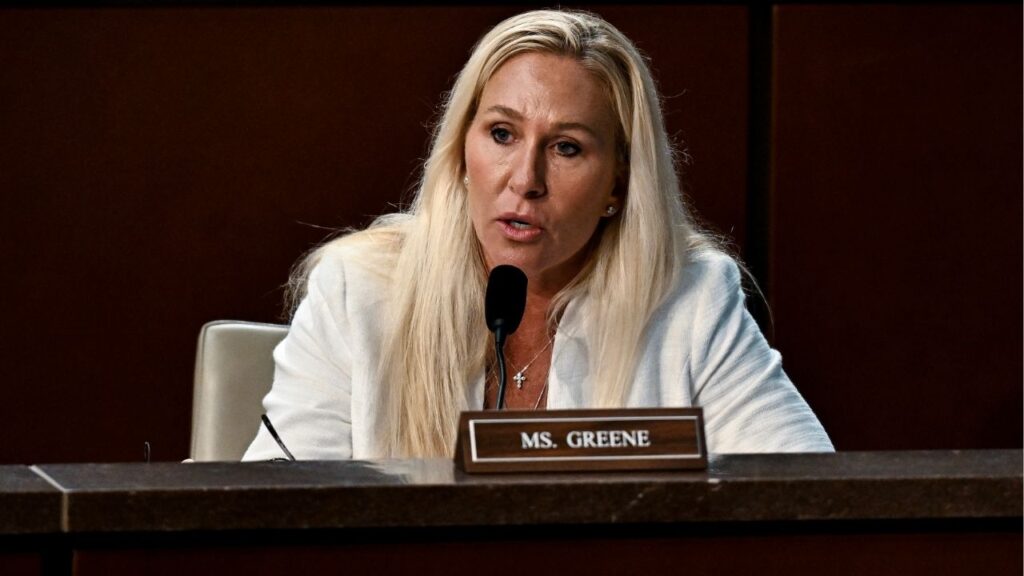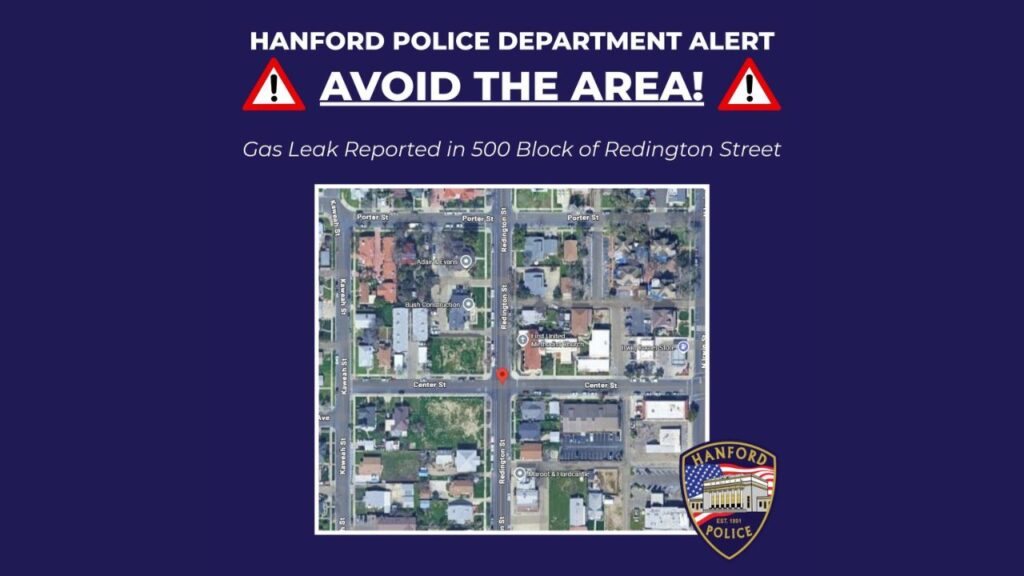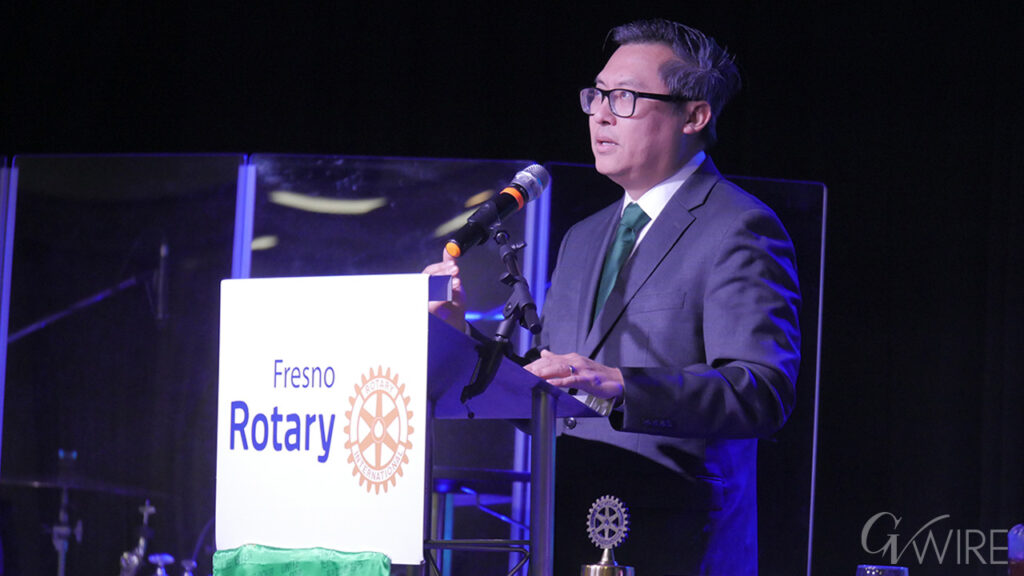Share
WASHINGTON — More Latinos will serve in Congress next year than ever before — at least 42, with one House race to be decided.
With Latinos reaching an unprecedented level of representation on Capitol Hill, The Associated Press was able to document that 34 percent of Hispanics voters approve of how Donald Trump is handling his job as president, and other factors that mobilized the vote among the nation’s largest ethnic or racial minority.
The latest Latino winner was GOP Rep. Jaime Herrera Beutler of Washington state, who claimed victory Wednesday for a fifth term over Democrat Carolyn Long.
In the race for an open seat in a GOP-held district that includes part of Orange County, California, Democrat Gil Cisneros trails Republican Young Kim, who’s trying to become the first Korean-American immigrant woman elected to the House. Cisneros is a first-time candidate who won a $266 million lottery jackpot.
Thirty-three of 44 Latino Democratic candidates and seven of 15 Latino Republican candidates won their races.
Two Latino senators weren’t on Tuesday’s ballot: Florida Republican Marco Rubio and Nevada Democrat Catherine Cortez Masto.
Hispanic Opinions on Trump Mixed
According to AP VoteCast, a new tool that replaced the in-person exit poll as a source of detailed information about the American electorate, almost one-third of Hispanics voters approve of how Trump is handling the presidency, while 66 percent said they disapprove.
The rate of approval may surprise some, given the harsh rhetoric Trump has used about Hispanics. He called Mexican immigrants “rapists” and “criminals” when he first announced his bid for the White House in the summer of 2015.
More than 4 in 10 Hispanic voters said they approve of how Trump is handling the economy, and about 4 in 10 said he’s a strong leader.
The unemployment rate for Americans of Hispanic or Latino ethnicity fell to 4.4 percent in October, the lowest recorded level for this group since 1973.
Asked whether Trump was a factor in their votes, 19 percent said they voted to support him, 49 percent voted to oppose him and 31 percent said Trump was not a factor in their votes.
About 64 percent of Latinos voted for Democratic congressional candidates and 33 percent voted for Republicans.
Latino women were more likely to vote for Democrats than Latino men, 68 percent to 59 percent. Younger Latinos were even more Democratic than their older counterparts, with 68 percent of those under age 45 voting for Democrats compared with 59 percent of those age 45 and over.
AP VoteCast is an innovative nationwide survey of voters nationwide, including 7,738 Latino voters.
Hispanic Views on Immigration Policy
The survey showed 26 percent of Latino voters said immigration was the most important issue facing the country, 23 percent said health care and 18 percent said immigration. That’s comparable to the breakdown among voters overall.
Three-quarters of Latinos said they think immigrants do more to help the country than to hurt it, and 8 in 10 said they think immigrants living in the U.S. illegally should be offered a chance to apply for legal status. Two-thirds said they oppose building a wall along the U.S.-Mexico border.
In Florida’s Senate race, Hispanics were somewhat more likely to say they voted for the Republican candidate than Hispanics nationwide, with 45 percent overall voting for Republican Rick Scott, including 59 percent of Cubans.
AP VoteCast Surveys
AP VoteCast is a survey of the American electorate conducted in all 50 states by NORC at the University of Chicago for the AP and Fox News.
The survey of 116,792 voters and 22,137 nonvoters was conducted Oct. 31 to Nov. 6, concluding as polls closed on Election Day.
It combined interviews in English and Spanish with a random sample of registered voters drawn from state voter files; with self-identified registered voters conducted using NORC’s probability-based AmeriSpeak panel, which is designed to be representative of the U.S. population; and with self-identified registered voters selected from nonprobability online panels.
Participants selected from state voter files were contacted by phone and mail, and had the opportunity to take the survey by phone or online. The margin of sampling error for voters is estimated to be plus or minus 0.5 percentage points.
All surveys are subject to multiple sources of error, including sampling, question wording and order, and nonresponse.
Categories

Hilton Drops Minneapolis Hotel Over Cancelled ICE Bookings

















